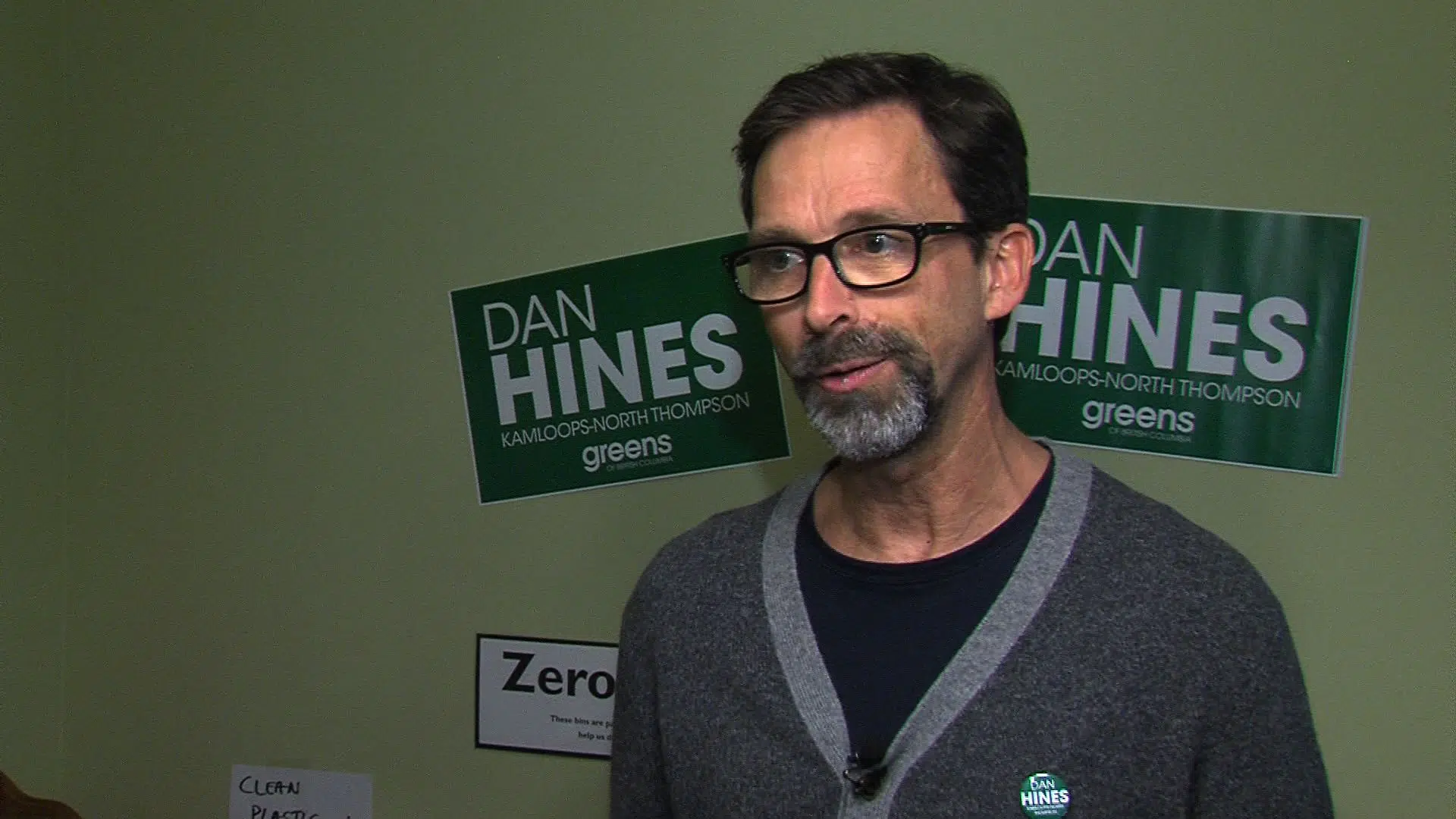
Mixed reaction to NDP’s electoral reform report
KAMLOOPS — Former political foes from the Kamloops-North Thomson riding have expressed vastly differing views on B.C.’s new referendum and electoral reform report, entitled “How We Vote: 2018 Electoral Reform Referendum.”
On Wednesday, B.C. Attorney General David Eby announced he’s made 18 recommendations on the matter. One of those is the idea that voters be asked two questions in a referendum this fall to decide whether they want to switch the electoral system from first-past-the-post to some form of proportional representation.
The first would ask them if they’d like to switch from the current system. In the second question, voters would be given three options for proportional representation and be asked to rank them based on which they prefer.
Those three systems are: Dual Member Proportional (DMP), Mixed Member Proportional (MMP) and Rural-Urban PR.


